The cold spring is a distant memory! We have had three weeks of warm weather with day temperatures averaging 22 C and night temperatures averaging 9C 48F. Light levels are at a maximum so many plants are catching up, though not all.
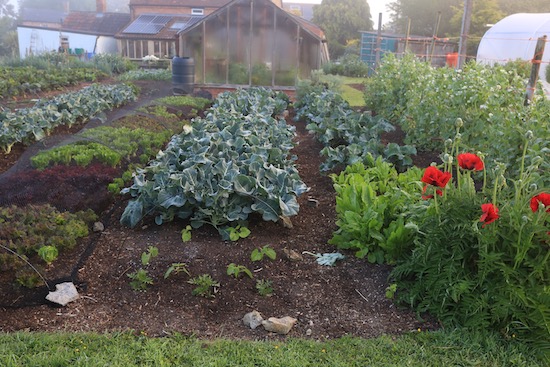
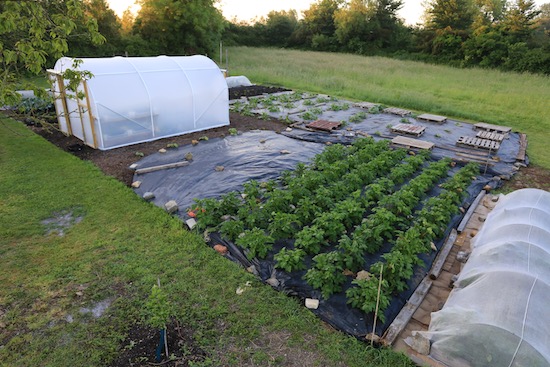

Sowing, intersowing
It’s a great time for sowing carrots, beetroot, purple sprouting broccoli for next spring (see video), and calabrese broccoli for autumn. All of these will give bigger harvest if you can sow them within the next week or so.
If you have run out of space, you can sow seeds between any vegetable where there is enough room, and when that first planting will be finishing within 4 to 6 weeks. Examples include garlic, salad onions, and lettuce which you might be picking every week.
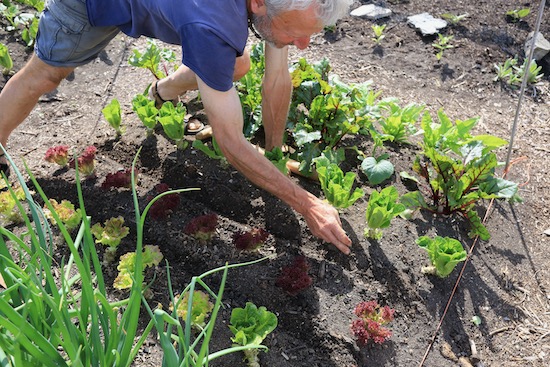
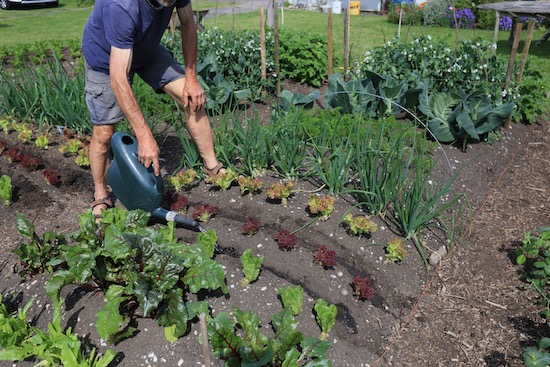
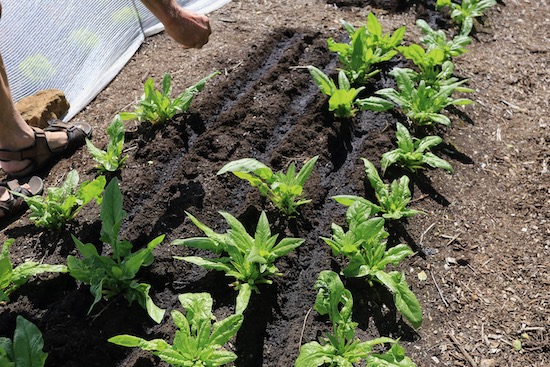
Garlic coming ready, softnecks first
Garlic we are harvesting here until now (14th June) is all undercover, where the extra warmth brings growth forward by a week or 10 days. The greenhouse garlic came ready even earlier, a week before the polytunnel garlic, demonstrating the extra warmth under glass, and from the brick wall as well.
The main way to judge readiness is by pulling soil/compost back from any developing bulb and seeing how well formed it is. Look for some differentiation of cloves as they swell. Also if you have really bad rust with almost all leaves yellow, it’s best to harvest, and bulbs will be smaller!
Hardneck garlic is not ready yet, for another three weeks or so. Cut off the flower stems to eat now, they are called scapes.
When you peel bulbs at harvest time to clean them, and cut off the roots, they store nicely. This is easier than cleaning them when everything is dry.
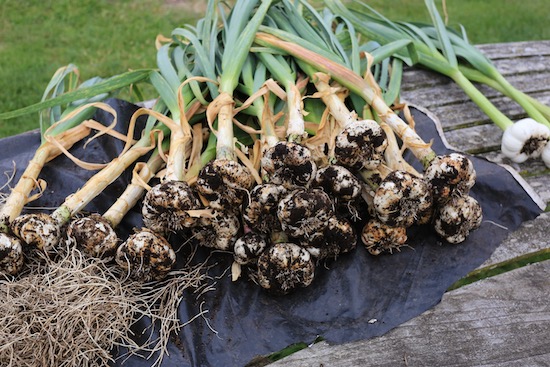

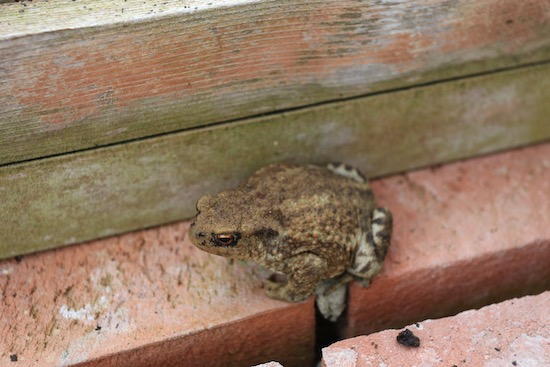
Bindweed now supersonic
All perennial weeds are now growing super fast and can be quite intimidating. At Homeacres, the older garden is now clear of weeds such as bindweed and couch grass, which were common here in 2013 when I arrived.
The no dig approach and mulching work very well, but in the first year you need to keep removing new growth, or keep it covered to exclude light from new leaves, and starve the existing roots of access to food. In the new field, back in April when I saw how much bindweed was pushing through, I decided to lay black polythene over the ground we had already mulched with cardboard and compost.
Then we planted potatoes and squash. Both can grow at wide spacing, meaning fewer holes in the plastic, but even so we are pulling a lot of bind weed which is coming up through these holes.
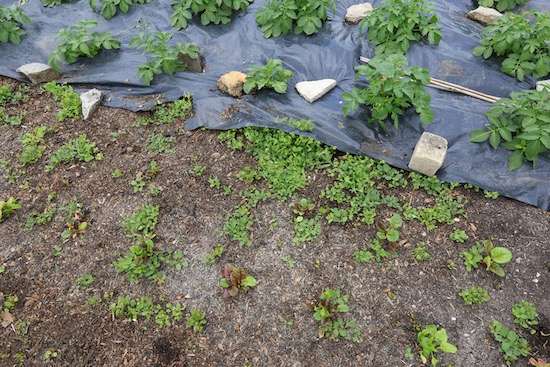


Planting ideas
Here are two tips from no dig gardeners. Firstly, Martina from Wiltshire grew Wheelers Imperial spring cabbage, “under cover two years ago, cut the beautiful hearts last spring, and left the roots in the ground. They sprouted up and I have been using the young leaves. Got through the winter and then they produced loads of very tasty flower shoots, but also sent out side shoots that created more proper hearts!”
Rhys Jaggar in London likes a regular supply of salad onions. He transplants “0.25sqm blocks with successive sowings of 25 spring onion clumps – the first lot are being harvested one clump a day through June, the second lot are now growing well for harvesting in July. The quality is fabulous”.
Here we just transplanted some cabbage for autumn, after removing spinach which was flowering. I shall keep a mesh over these brassicas for at least six weeks. Some are interplanted between beetroot which will finish soon.
Find more ideas at the RHS Hampton Court no dig show garden 6th to 11th July – scroll to bottom.

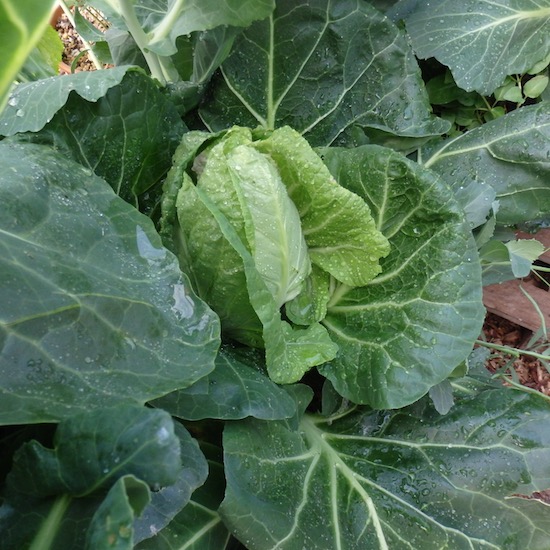
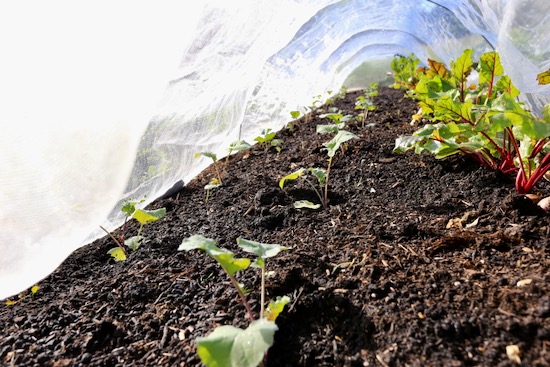
Pyralid damage
Just a quick word on this to let you know how we are receiving huge amounts of notifications about damage to plants. A lot of the time this is clearly the pyralid weedkiller, when you see deformed new growth at the top of plants, which is how it kills them.
Some contaminated composts include New Horizon, mushroom compost, green waste compost, B&Q compost and even Dalefoot organic compost. This is not to say that all of these composts are contaminated, because most are not. It’s a matter of bad luck, when you might buy a sack which has some of this horrible poison in.
Seed quality, lack of!
This is a different problem I have suffered here for a while, and this year it’s worse. This will be the last time I grow Boltardy beetroot, unless it comes from a source I am really sure about. Some smaller seed companies are maintaining the quality/traits of its roots.
Saving your own seed is quite a job for beetroot. In March we transplanted eight of the finest beetroots from last December’s harvest. Once the seed is gathered and we have some growth by next summer, I shall know if it’s feasible to restore some quality to this once noble variety. I suspect the genetic quality is now poor.

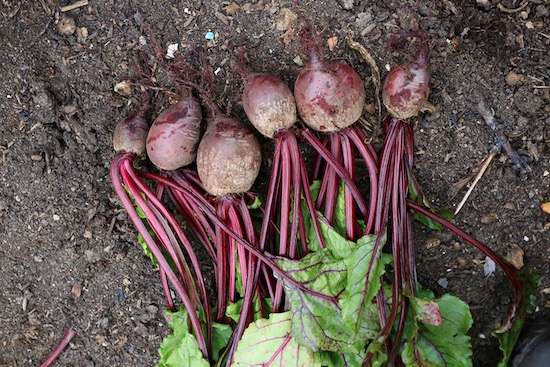
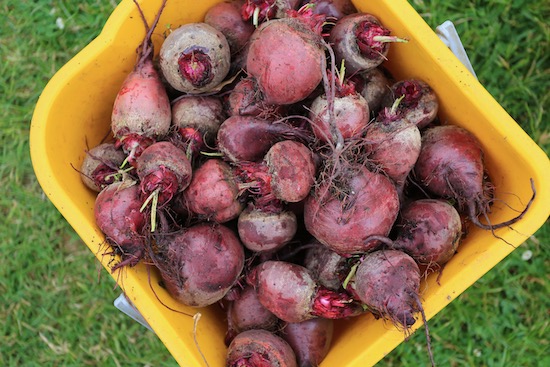
Watering
It is very much that time of year, according to whatever weather is happening. In recent warm weather we have been watering every 2 to 3 days undercover, and the same for outdoor salad plants, peas, celery and new plantings. We do this by hand, mostly with a hose connected to mains water. Longer term I am looking at buying a water tank and pump.
You can water at any time of day, even in bright sunlight if necessary. Give a decent amount so that it soaks in. It’s better to water less often and more deeply.
Plants we have not watered yet include bulb onions, potatoes, beetroot and broad beans.
Courses here
It is a great joy to welcome some of you here again, and I only wish it were possible for more people to learn from what you can see here. Only I still don’t know if an open day is going to be feasible. This page has information about courses here, and the few places available still, in autumn mostly.
We have a good team of helpers, from Nicola my PA who sorts the admin when you book, to Briony who welcomes you and works with Kate the chef, whose amazing dishes are fantastic for showing the flavours and colour of homegrown food.
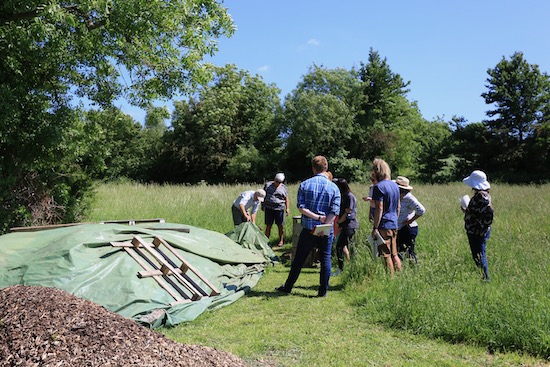
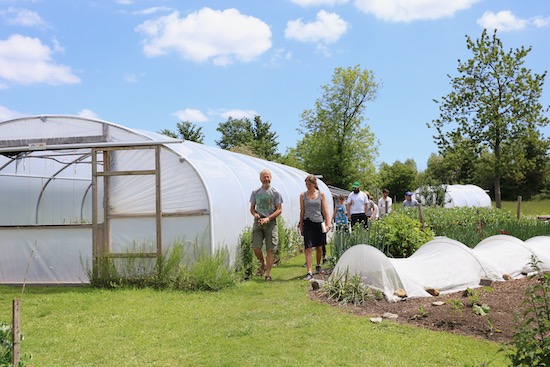
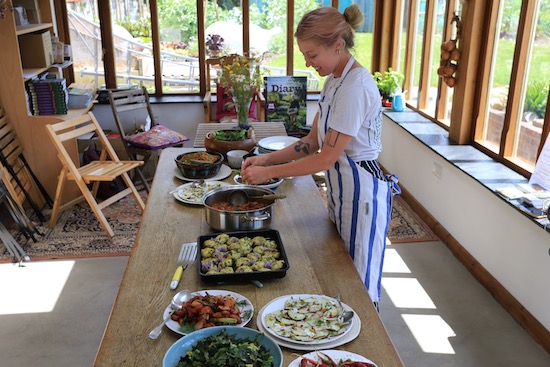








































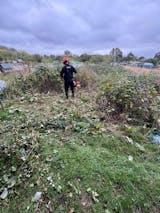



0 comments